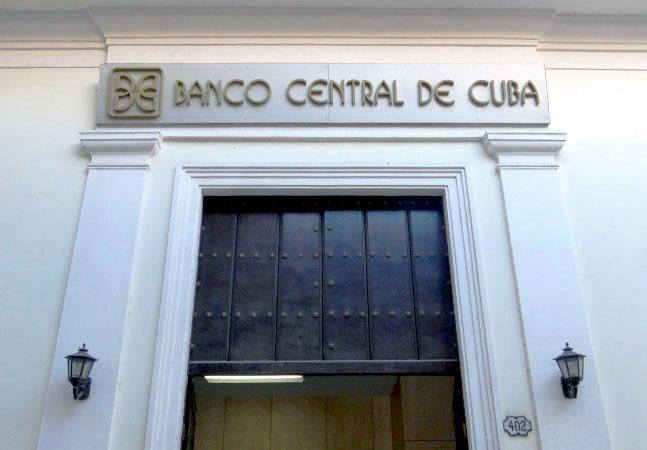The sale will be carried out with a reference rate of 120 Cuban pesos (CUP) per dollar and a commercial margin favorable to that currency of three percent and for the rest of the currencies of five percent, Wilson explained.
This is due to the persistence of the economic and financial blockade imposed by the United States on Cuba, which keeps Cuba from using the dollar in international transactions.
Under this concept, while the sale of one euro will be around 125.11 CUP, the dollar will cost 123.60 CUP for those who wish to buy them, commercial margins over the reference rate of 120 CUP that will change on holidays and public holidays as it happens in other parts of the world, Wilson further said.
Deputy Primer Minister and Minister of Economy and Planning, Alejandro Gil, stressed that through the purchase and sale of hard currencies to the population the State seeks to retake control of the exchange market.
Gil acknowledged the existence of a parallel and illegal market that generates distortions, but said that the government’s decision seeks much more than competing and influencing the exchange rate.
The measure is part of the set of actions implemented to boost the national economy and provide greater purchasing power to the Cuban peso, he added.
The sale will have a limit of up to 100 units of the currency selected by the natural person and will only be made in cash in the authorized Cadeca so far. These will operate in provincial capitals and in some municipalities, the Central Bank head said.
In this way, natural persons will be able to have a safe access to the foreign exchange market, she underlined.
The measure to start selling currency is the second step to complete the foreign exchange market in Cuba, which started its international currency purchase operations nine days ago.
mh/jha/tdd









